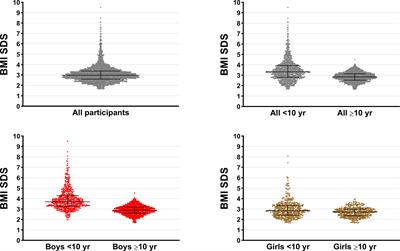EDITORIAL
Published on 25 Aug 2022
Editorial: Endocrine and metabolic consequences of childhood obesity
doi 10.3389/fendo.2022.1000597
- 2,063 views
- 2 citations
20k
Total downloads
64k
Total views and downloads
You will be redirected to our submission process.
EDITORIAL
Published on 25 Aug 2022
REVIEW
Published on 16 Jun 2022

ORIGINAL RESEARCH
Published on 03 Jun 2022

ORIGINAL RESEARCH
Published on 23 May 2022

ORIGINAL RESEARCH
Published on 19 May 2022

ORIGINAL RESEARCH
Published on 24 Mar 2022

ORIGINAL RESEARCH
Published on 14 Mar 2022

ORIGINAL RESEARCH
Published on 10 Mar 2022

MINI REVIEW
Published on 02 Feb 2022

ORIGINAL RESEARCH
Published on 02 Feb 2022

SYSTEMATIC REVIEW
Published on 20 Jan 2022

BRIEF RESEARCH REPORT
Published on 06 Jan 2022

